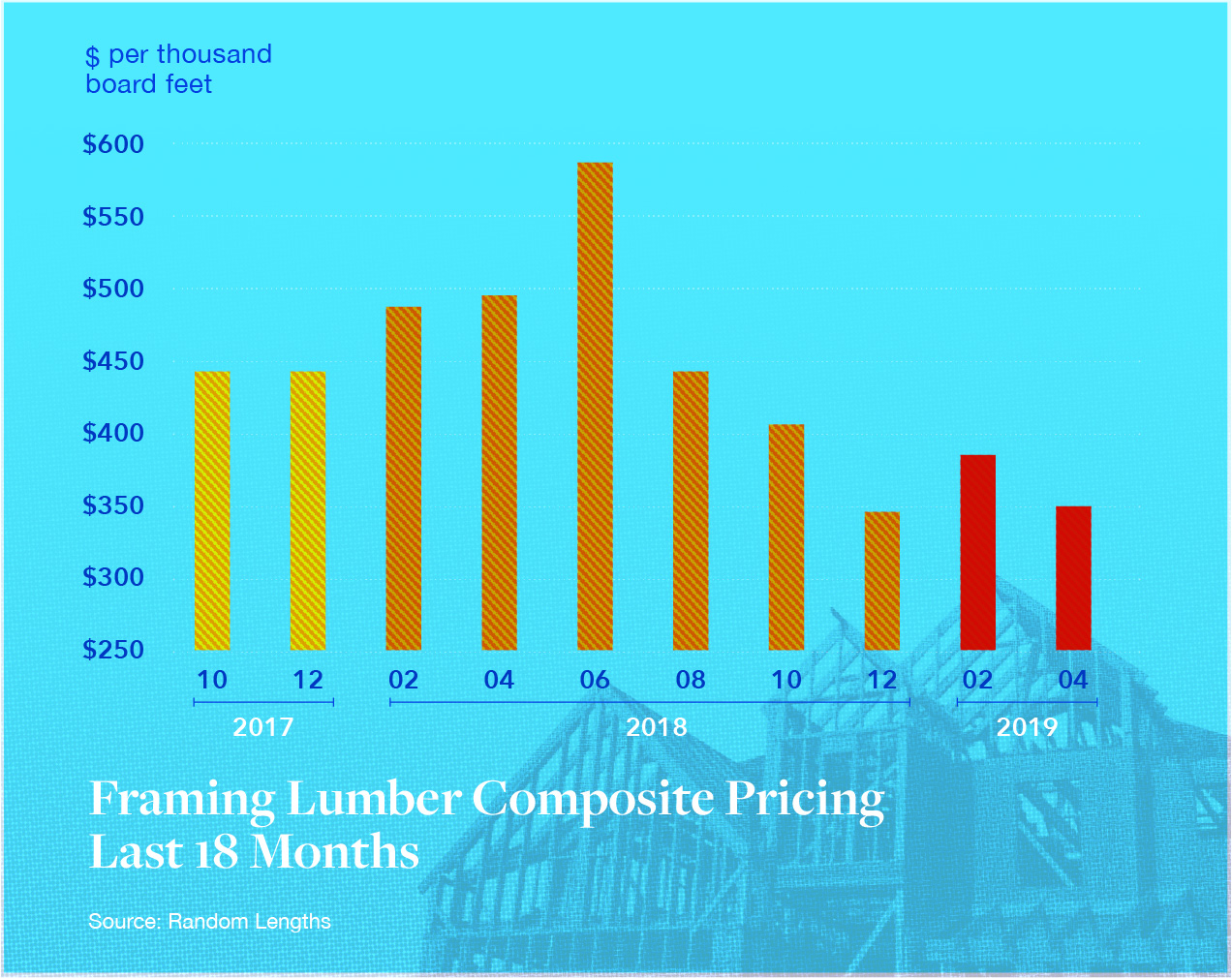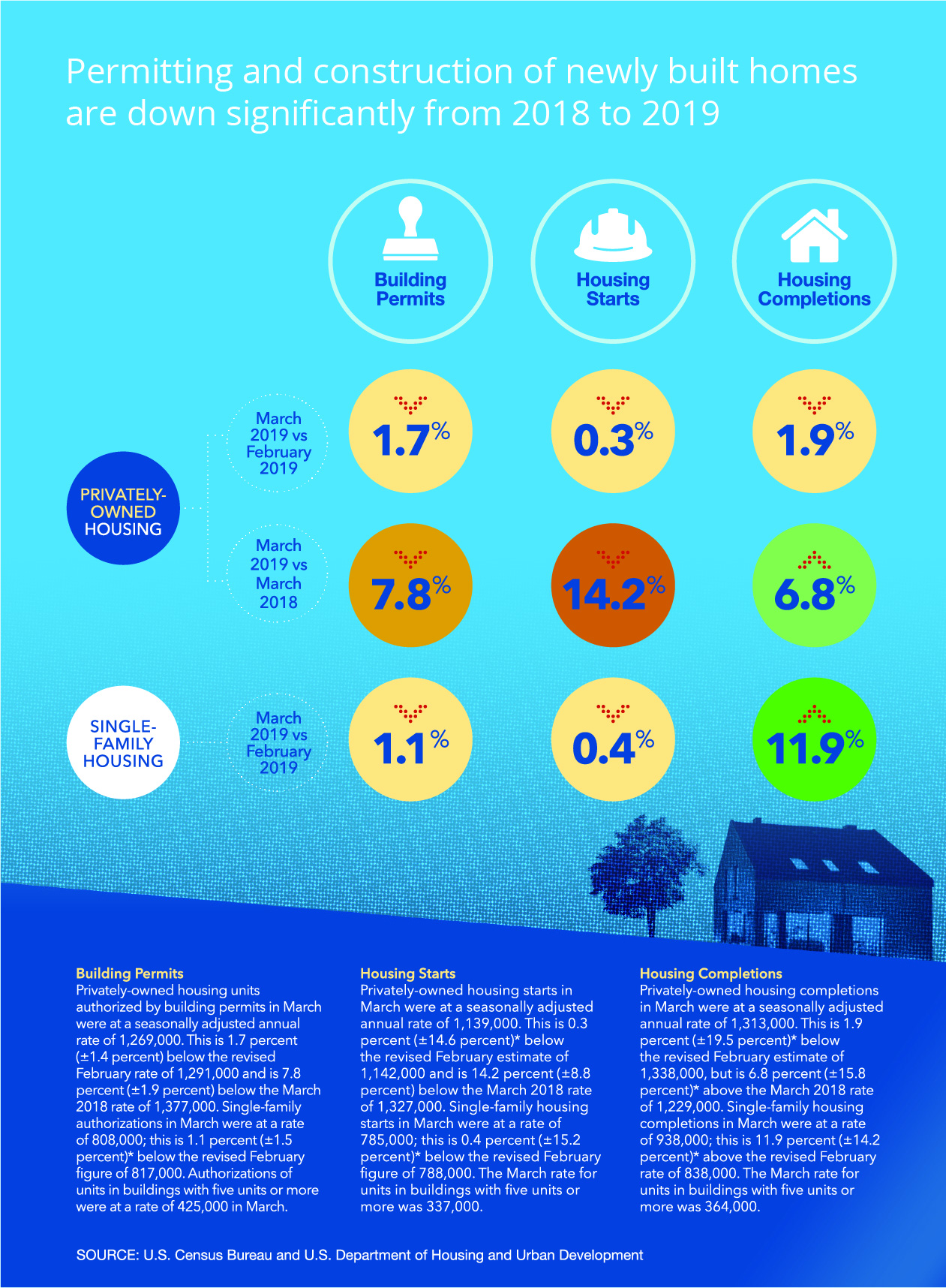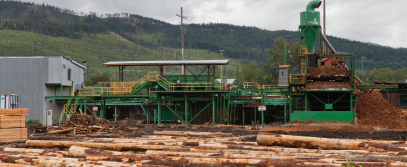The Toll of Taxes & Tariffs on U.S. Housing and the Lumber Market

The Trump administration tax policies enacted toward the end of 2017 first showed signs of a positive impact very early in 2018. Economic growth, which had been stagnant at about 2% since recovery from the “Great Recession,” began to increase and home building accelerated in the first half of 2018. This, along with certain supply issues that limited lumber production, markedly drove up lumber prices during the first six months of 2018.
Early Indicators
By the middle of 2018, as interest rates began to rise, the housing market started to slow and lumber prices turned on a dime and collapsed. And while this decline was clearly tied to the rising rates, it was also a trailing indicator of the previously imposed Trump tax changes themselves. For consumers, the loss of state and local income tax deductions as well as the new caps on mortgage interest deductions were profound.
The housing market started to slow and lumber prices turned on a dime and collapsed.

The tax laws preclude individuals from deducting more than $10,000 in state and local taxes from their federal returns. They also slashed the mortgage interest deduction from $1 million to $750,000. These actions have had a marked impact in states with higher taxes such as California, Connecticut, Illinois, New Jersey and New York where sales of existing homes and permitting and construction of newly built homes are down significantly.
While residents are exiting these states at record rates, they are choosing to relocate in more tax favorable geographies such as Arizona, Florida, the Carolinas and Texas.

A Downward Trend
Nationwide, housing starts and building permits unexpectedly declined in March. Starts plunged 9.7%, and permits dropped 5.4% during the first three months of 2019 compared with the same period last year. Sales of existing homes also fell in March by 5.4% year-over-year, the 13th straight month of year-over-year declines in that market. That is problematic for lumber producers because home sales tend to spark demand from sellers making repairs before listing their properties and from buyers who undertake renovations. Perhaps most notably, this comes even as mortgage rates declined significantly in December and January, a condition which historically leads to increased activity in the existing home market.
There is also significant cause for concern based on the fact that even at their current, lowered level, lumber prices are in fact still somewhat bolstered by the Canadian tariffs imposed since the beginning of 2017. The tariffs, currently set at approximately 20%, depending on producer, are applied on the import of lumber primarily used in new home construction, remodeling and repair. At the present time, Canada supplies between 25-30% of the overall softwood lumber supply to the U.S.
Canadian wood (lumber) tarifs have been estimated to add in the area of $2,000 to the price of a typical new home.
Source: National Association of Homebuilders.
With the Canadian lumber tariffs currently under review by the WTO, a critical concern is mounting regarding the future price level and associated recovery valuations within the lumber market itself. While supply and demand are relatively well balanced at the present time, pricing levels are clearly being supported by the 20% tariff rate. If the upcoming ruling from WTO is that they be removed, we would expect further softening in the market. Hilco Valuation Services is the leader in valuation for the forestry and lumber industry, with more than 500 forestry and lumber appraisals delivered, with asset values ranging from $500 thousand to $1 billion.




